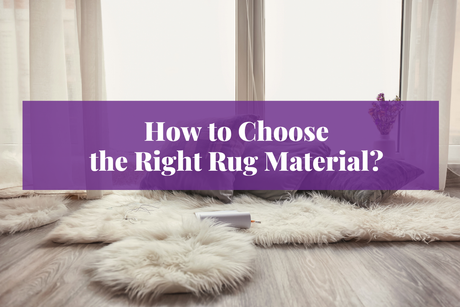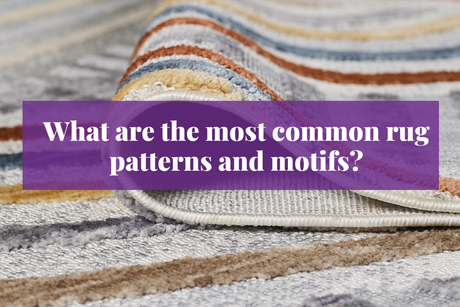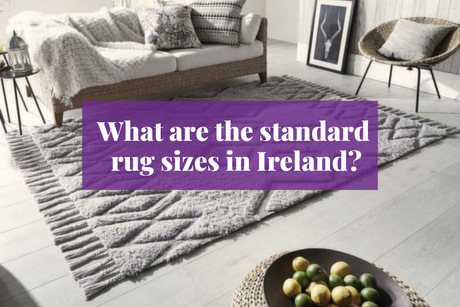Polypropylene is like the tough guy in the group—strong, reliable, but not exactly the type to offer a cosy hug. If you’re looking for something plush, you might be better off with wool or cotton.
- Can Flatten Over Time: In high-traffic areas, polypropylene rugs can start to look a bit deflated. It’s like the rug equivalent of losing volume after a blowout—not the worst thing, but not ideal either.
Comparison of Natural vs. Synthetic Rug Materials
Choosing between natural and synthetic rug materials is a bit like deciding between a gourmet meal and fast food. Both have their perks; it just depends on what you’re craving (or how much you’re willing to spend).
Natural Fibres (Wool, Jute, Cotton, Silk, Sisal)
- Eco-Friendly: Naturally sourced, biodegradable, and sometimes more expensive—like the organic aisle at the grocery store.
- More Maintenance: These materials often need a bit of extra TLC, meaning professional cleanings or handling with care.
- Luxurious Look and Feel: Natural fibres tend to look better and feel cosier—your feet will thank you, but your wallet might not.
Synthetic Fibres (Polyester, Nylon, Polypropylene, Acrylic)
- Durable and Low-Maintenance: These rugs are tough, easy to clean, and can survive just about anything—except maybe looking expensive./li>
- Affordable: Perfect for when you need something practical that won’t break the bank. Just don’t expect it to last forever./li>
- Less Environmentally Friendly: Made from chemicals, they’re not exactly a “green” choice—but hey, they’ll survive a coffee spill.
To sum up, when it comes to choosing a rug, the material is key. Whether you want a soft, luxurious wool rug to pamper your feet or a rugged polypropylene number that can survive the apocalypse, there's a rug material for every lifestyle and budget. Just remember: high-traffic areas need durability, low-traffic areas can handle a bit of fancy, and always think twice before putting silk anywhere near spaghetti night.
Ready to find the perfect rug for your home? Check out our rug buying guide and learn everything you need to know to make the best choice! And when you're ready to make that choice, yours truly will be waiting with our most stylish rug collection.




